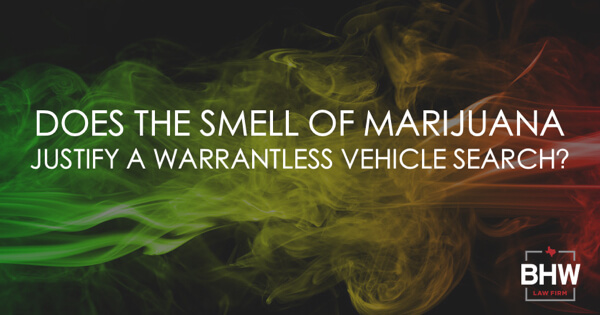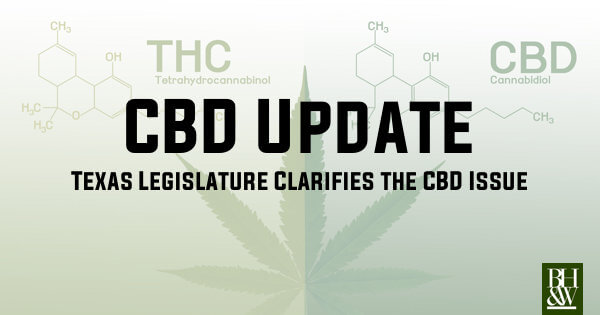 Delafuente v. State (14th Court of Appeals) April 3, 2012
Delafuente v. State (14th Court of Appeals) April 3, 2012
I observed a traffic congestion in the inside westbound lane [on Interstate 10 in Waller County]. Traffic volume was moderate. I inspected further and observed a grey Chevrolet 4 door sedan . . . traveling below the prima facie limit of 65 miles per hour and Impeding Traffic. I paced the vehicle, which was traveling at approximately 52 miles per hour . . . . I initiated a traffic stop of the vehicle.
This traffic stop led to the search of the vehicle and the seizure of marijuana. The driver of the vehicle was later convicted of Class B misdemeanor possession of marijuana. The primary question on appeal to the 14th District Court of Appeals (Houston) was whether a vehicle traveling below the speed limit necessarily creates reasonable suspicion to initiate a traffic stop.
The appellate court explained:
Under Texas law, a vehicle “may not drive so slowly as to impede the normal and reasonable movement of traffic, except when reduced speed is necessary for safe operation or in compliance with law.” Tex. Transp. Code § 545.363(a). “Slow driving, in and of itself, is not a violation of the statute; a violation only occurs when the normal and reasonable movement of traffic is impeded.” Tex. Dep’t of Pub. Safety v. Gonzales, 276 S.W.3d 88, 93 (Tex. App.–San Antonio 2008, no pet.).
Noting that the only evidence at trial on this issue was the police officer’s report which contains a conclusory statement that appellant was “impeding traffic,” but no articulable facts (other than the speed of his vehicle), the court held that the trial court erred in denying appellant’s motion to suppress.
The dissent believed that there were enough facts in the record to support the stop, and would have upheld the trial court’s ruling.
Analysis: While traveling below the speed limit may indeed be enough to get you pulled over, the officer must indicate, either in his report or on the stand at trial, what specific articulable facts led to the reasonable suspicion that you were “impeding traffic” such that his stop was justified. Short of that, it is an unreasonable stop under that law.
The District and County Attorney’s Association was not too pleased with this opinion. Here is its analysis:
This is the kind of decision that drives me crazy. The officer testified that the defendant was “impeding traffic” based upon his slower speed. The trial court found and ruled in his favor. Should not the trial court’s ruling be upheld? Unfortunately, this holding is line with a similar decision of the Court of Criminal Appeals in which the court held that the State failed to prove that a defendant committed a traffic violation of following too closely because all that the officer testified was that the defendant was following too closely. I suppose that when an officer testifies that the defendant was “impeding traffic,” you should then ask the officer, “In what observable way was the defendant impeding traffic?” Were cars having to constantly go around him? Were they honking? Still, a trial court’s ruling should be upheld if it is supported by the record. Maybe the Court of Criminal Appeals will review this decision, especially since there is a dissenting opinion.










